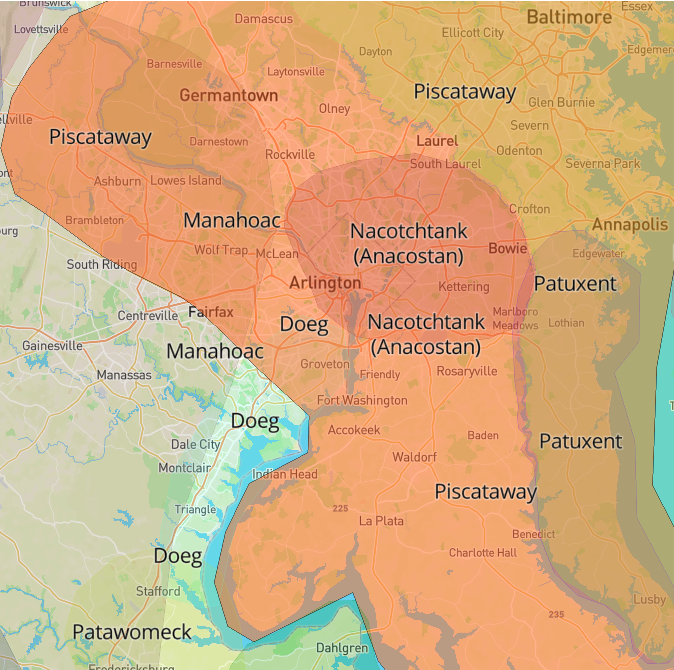Renee Catacalos, SAFSF Vice President of Strategy and Impact, shared this Indigenous Land Acknowledgement as part of the 2023 SAFSF Forum.
As funders and advocates working to create a more equitable U.S. agriculture and food system, it is imperative for us to acknowledge that the roots of today’s inequities lie deep in the history of land theft and dispossession from Indigenous peoples dating from the European colonization of this continent. We in this room are aware that Indigenous people were forced to move, dispossessed of their land, detached from their cultural traditions, and murdered to cover this up and to erase them and their history from the origin myth of the United States.

I was born in Washington, D.C. and have deep family roots in the city and in southern Maryland, owing to the enslavement of captured African people on tobacco plantations established on the fertile lands once stewarded by tribes including the Nacotchtank and Piscataway. These and other tribes including the Pamunkey, Rappahannock and many others flourished throughout Virginia, Maryland and the mid-Atlantic area.
Over the centuries, the Indigenous population of this region has been sharply reduced and cultural awareness of living Indigenous communities is very low. When we go to different parts of the country for our SAFSF Forum, we have for many years included local Indigenous food system leaders in our program and visited Indigenous food sovereignty projects among our site visits. The DC area is home to many nonprofits working on Indigenous issues nationwide, but the visibility of local Indigenous communities has been suppressed and hidden to an extent that embarrassed me greatly as I began looking at my home region in preparation for this Forum.
Census numbers show about 1,300 Native Americans living in the city of Washington, DC. Only the state of Vermont has a smaller Native American population. Maryland, with more than 25,000 Native Americans, ranks number 25 among the states and Virginia ranks number 21, with more than 37,000 Native Americans living in the state.
The Pamunkey, one of two tribes to have reservations in Virginia dating to the 1600s, was also the first of seven tribes in Virginia to win state recognition, in 1983. The Piscataway won state recognition from Maryland, in 2012. The Pamunkey Tribe once again led the way as the first tribe in Virginia to win federal recognition in 2016, seven years ago. There are now seven federally recognized tribes in Virginia. There are no other federally recognized tribes anywhere else in the Mid-Atlantic.
Our Piscataway Park site visit on Wednesday will go to the ancestral homelands of the Piscataway people along the Potomac River. At our networking Social tomorrow evening, we will be fortunate to be joined by two members of the Maryland Piscataway: Rico Newman, a dynamic elder I’m humbled to be able to call my friend and neighbor; and Troi Madison Newman, a dynamic young leader I’ve recently had the honor to get to know. As we gather at the National Museum of the American Indian, in a space that strives, not always to universal acclaim, to tell the histories of America’s Native peoples, Rico and Troi will share a bit of their own stories as today’s Piscataway people.
I, personally, and we at SAFSF, encourage you all to learn about not just the Indigenous history of the land you occupy, but to learn about and support the present and the future of the Indigenous people you live and work alongside.